October is a busy month when it comes to its history, heritage and awareness months to keep track of!
Welcome to the October edition of your Teach Starter month guide! Our team of teachers — they’re the experts from around the country who create the curriculum-aligned resources on the Teach Starter site — have created a list to help save your precious planning time but keep you on top of every important event! Here’s what you need to know in the month of October.
October Awareness Months
Bullying Prevention Month
October has a lot of spooky and scary things going on, and we’re not just talking about Halloween. With the school year fully back in swing after the hustle and bustle of the back-to-school season, it’s a good time to focus your attention on those monsters in the classroom known as bullies.
This Bullying Prevention Month, consider trying a few of these activities to teach students about the lasting impacts of unkind words and behaviors.
You Can’t Put the Toothpaste Back
This is an activity that can be used in any of the elementary grades. Start by asking for a student volunteer to come to the front of the class. Present a tube of toothpaste, and ask the student volunteer to squeeze the entire thing out (tip: pick up a tube at the dollar store!). Once the student can’t squeeze any more toothpaste out of the tube, then ask them to try to put the toothpaste back into the tube.
The class will soon realize that efforts to put the toothpaste back into the tube will prove futile. It’s nearly impossible to put all of the paste back inside that tube.

Talk to your students about thinking before they speak, and how the toothpaste represents our words. It’s better to pause and consider what we say and how we say it than to go ahead and push it all out at once, and then have to deal with the mess it makes.
Are your students losing teeth? Print a lost tooth badge to celebrate!
The Bad Apple Activity
Another really great way to show students that their words may cause unseen emotional damage is using two seemingly identical apples. Prepare before class by dropping one apple repeatedly (but try not to damage the skin).
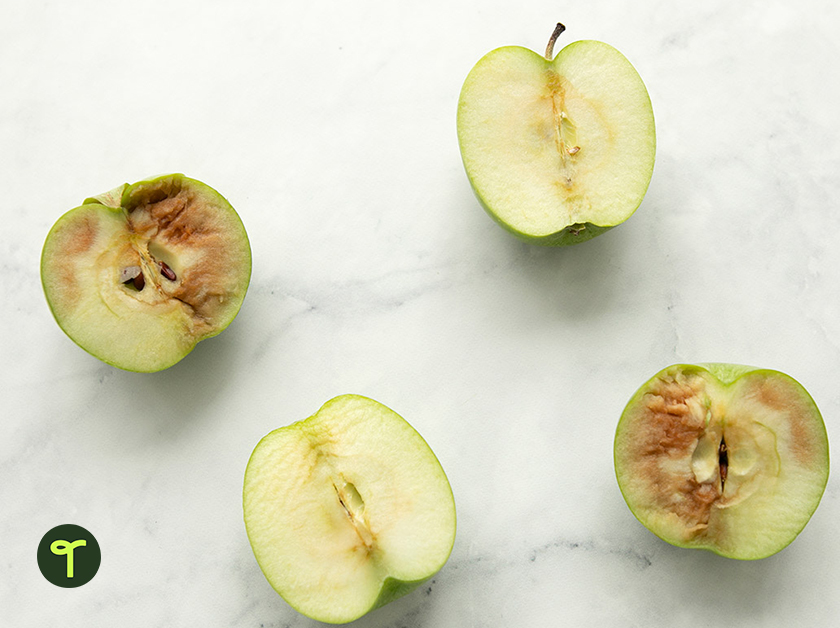
During your lesson, show your students the two apples which look the same and ask them if either one is damaged (based on appearance only).
Toss the already damaged apple on the ground, and tell the students (and the apple!) that this is the bad apple. Praise the other apple, and encourage the students to do the same.
Next, slice each ‘perfect’ apple down the center, and expose the cross-sections. The undamaged apple will be perfect, but the dropped apple will be bruised on the inside, underneath the skin. Use this visual to help students understand that unkind words and actions can and will cause lasting emotional damage, which will remain unseen from the outside.
Looking for more ways to combat bullying in the classroom? Try this one:
ADHD Awareness Month
You may not be celebrating ADHD Awareness Month, per se, or setting up a classroom bulletin board for it.
But when you consider this neurodevelopmental disorder affects 11 percent of school-age children, taking some time in October to update yourself on the latest in ADHD research and how to effectively teach kids with ADHD can help you as a teacher and your kids as students! CHADD, Children and Adults With Attention Deficit/Hyperactivity Disorder, is a non-profit organization that’s constantly updating its website on the latest ADHD science, and it offers a wealth of information for teachers too.
National Dyslexia Awareness Month
This is another month you’re unlikely to celebrate in an obvious way, but it’s another that affects many of our students. The most common of the language-based learning disabilities, dyslexia is estimated to affect some 20 percent of the population. Because the signs of dyslexia can show up as early as preschool, teachers are often the ones spotting those signs and able to help get kids on a path to early intervention, setting them up for an IEP and Section 504 services.
Knowing what to look for and truly understanding dyslexia can help you help your students. Not up on the latest science or not feeling like you’ve had time to dig into the how and what of dyslexia? Consider using this awareness month as a chance to do just that. The Yale Center for Dyslexia and Creativity is a great place to get started!
Helping dyslexic students
- Review the Shaywitz DyslexiaScreen to see what signs and symptoms may indicate dyslexia.
- Find out how to create a dyslexia-friendly classroom environment.
- Learn why it’s important to use the word dyslexia.
National Family History Month
This is an awareness month that’s practically made for pre-K and kindergarten teachers to celebrate with your families unit, but if you’re teaching older kids, you may also be able to incorporate this October observance into your lesson planning for personal and family history.
Working on biography writing? Allow students to pick people from the past, including an ancestor, to research and write about. Are you a social studies teacher? Perhaps you can assign a local history project that enables some students to delve into the background of a project that a relative was involved in.
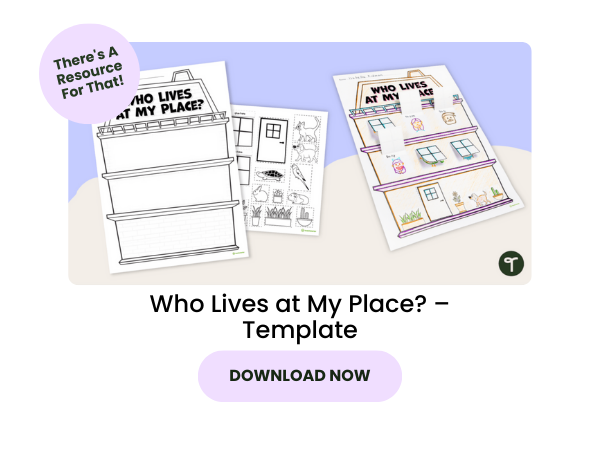

Be as inclusive as possible in your discussion of families in the classroom.
- Read books featuring different types of families.
- Make projects as open-ended and general as possible so students do not have to choose a particular family member (such as a mother or father).
- Encourage students to respect one another and their peers’ different family structures.
- Avoid assigning family trees and similar projects that may “other” students and cause trauma.
- Don’t make assumptions about a student’s family!
- Discuss family in a broader context than direct relatives, including caregivers, friends, and community members.
Make National Family History Month special in your classroom with resources like this:
Bat Appreciation Month
Yes, there really is a month for everything, and there’s plenty for you to celebrate in the classroom when it comes to Bat Appreciation Month. Is it time to talk about nocturnal animals in science class? How about talking about different types of mammals?

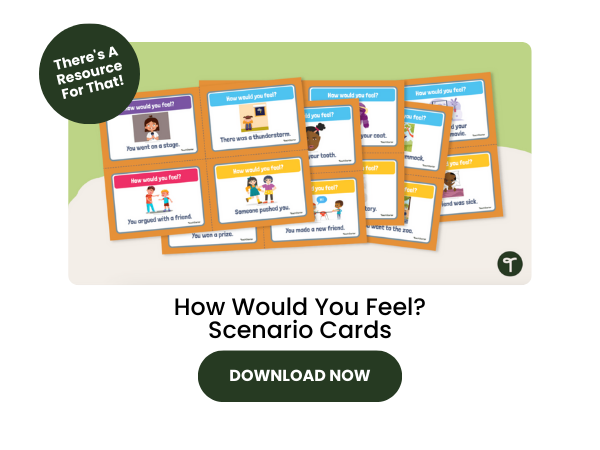

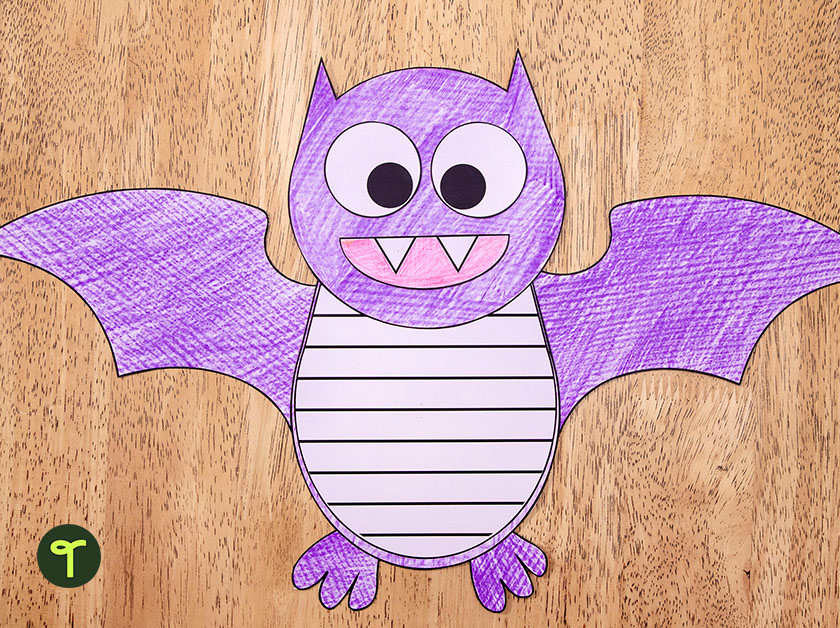
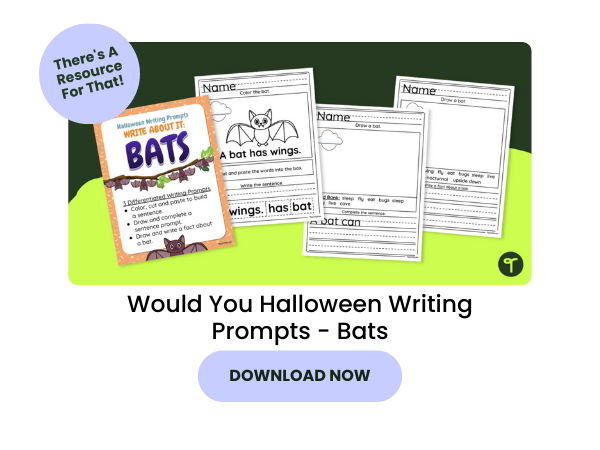
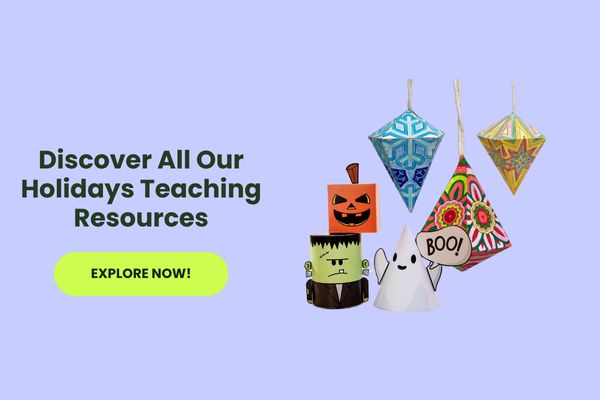
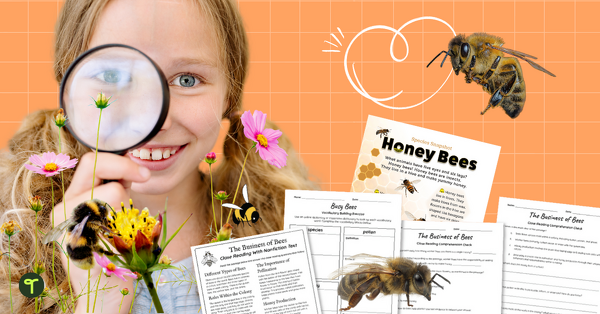
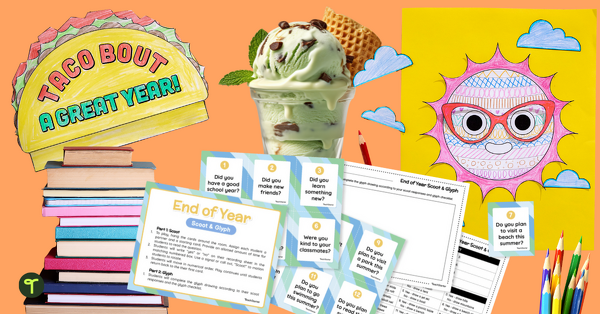
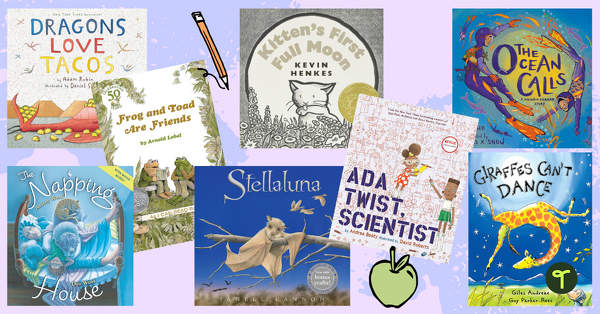



Comments